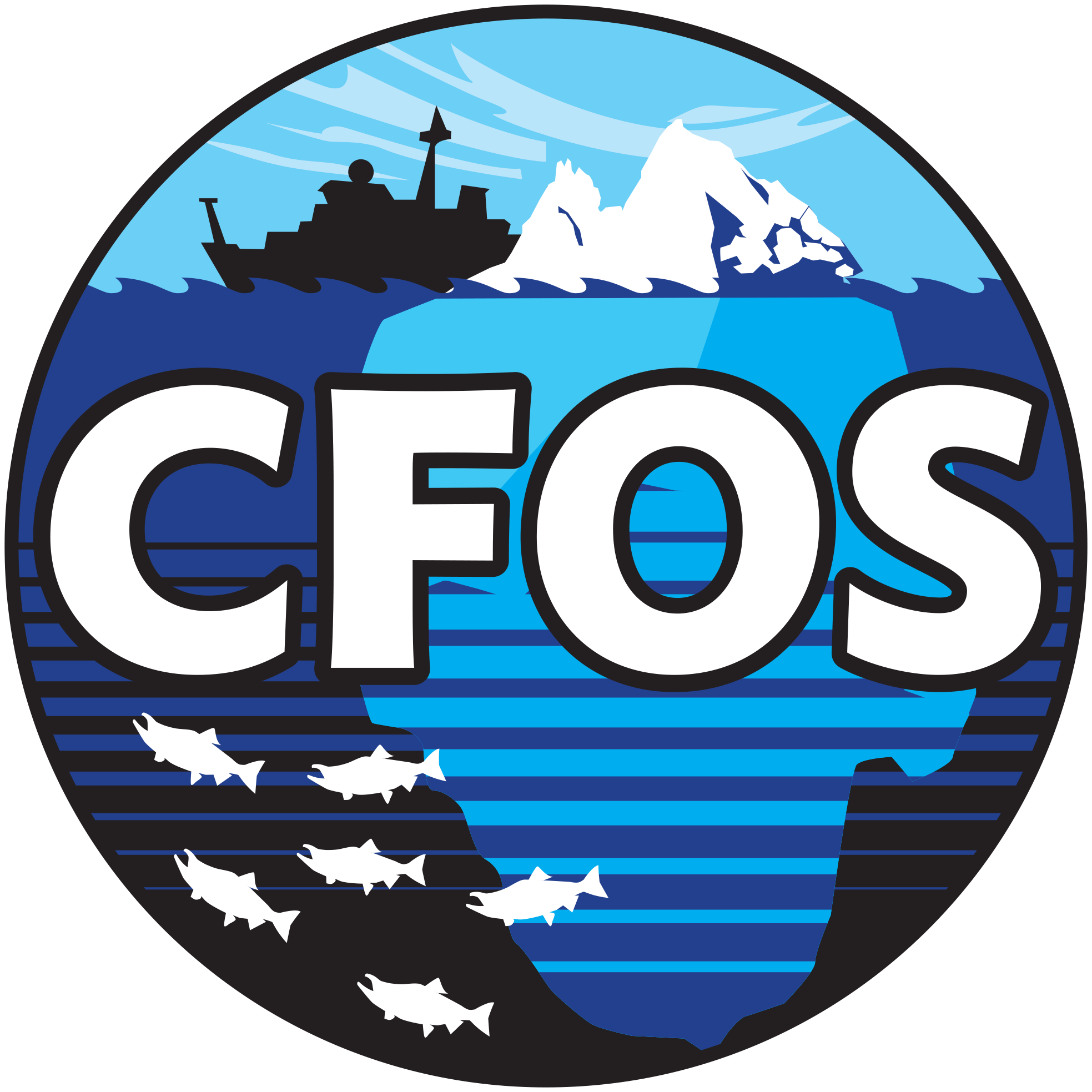Research fellow Kaitlyn Manishin will defend her Masters thesis Thusday September 27th at 1:15pm. If in Fairbanks or Juneau you can attend! If interested you can webstream it with the link below. Find out more about Kaitlyn’s project!
Kaitlyn Manishin MS Fisheries Candidate
Advisor: Dr. Andrew Seitz
Thursday, September 27, 2018 | 1:15 P
Fairbanks - 201 O'Neill | Juneau - 101 LENA
Pexip 9 | Recording | Webstream : https://media.uaf.edu/
Potential effects of marine predation on Chinook salmon populations
Populations of Chinook salmon (Oncorhynchus tshawytscha) have displayed a decrease in size-at-return resulting from declines in age- and size-at-maturity. These changes have precipitated the loss of the oldest age classes in some populations and have occurred throughout the range of this species, suggesting a perturbation in the common marine environment. A hypothesis for the cause of these changes is increased marine mortality after the first ocean winter, potentially from predators selecting for relatively large sub-adult Chinook. Here I consider the question: could predation on relatively old individuals by salmon sharks change the age structure of a Chinook salmon population? To address this question, I first estimated total per capita prey consumption by salmon sharks using three methods: 1) daily ration requirement, 2) bioenergetic mass balance, 3) and a von Bertalanffy growth model. Second, I examined the effects of additional predation on an indicator Chinook salmon population using simulated predation scenarios and a stage-structured population dynamics model. Due to the uncertainties in salmon shark diet and total population abundance, instead of scaling individual consumption to the population level and inputting that estimate into the model, scenarios were designed and run iteratively until a shift in age structure was observed. The daily ration yielded salmon shark estimates of 1461 and 2202 kg∙yr-1, the mass-balance produced estimates of 1870 kg∙yr-1, 2070 kg∙yr-1, 1610 kg∙yr-1, and 1762 kg∙yr-1, depending on assumed diet, and the growth model output estimates of 16,900 kg∙yr-1 or 20,800 kg∙yr-1, depending on assumed assimilation efficiency. Of the estimates, those from the mass-balance may be the most realistic because they incorporated salmon-shark life history data and do not produce extreme values. Taken as a whole, these estimates suggest salmon sharks have similar energetic requirements to piscivourous marine mammals and corroborates conclusions of prior work that endothermic fishes are similar to marine mammals in metabolic rate. The predation scenarios that most closely mimicked observed shifts in age structure of the indicator Chinook salmon population focused intense and selective predation on the ocean-3 stage. This simulated predation is corroborated by emerging results from an electronic tagging study in which tagged Chinook salmon experienced high predation rates, and research demonstrating that killer whales (Orcinus orca) prefer ocean-3 fish. In summary, salmon sharks likely have high energetic requirements which could result in a large biomass of prey consumed, Chinook salmon populations are sensitive to predation at the ocean-3 stage, and salmon sharks and other predators appear to frequently consume fish at that ocean stage. Taken together, these lines of evidence point to a potentially important mechanism of top down pressure on Chinook salmon populations may explain observed changes in age-at-return, which in turn can affect population productivity.


